Home>Gardening & Outdoor>Plant Care & Gardening Tips>Why Should Missourians Plant Native Species In Their Home Landscapes?
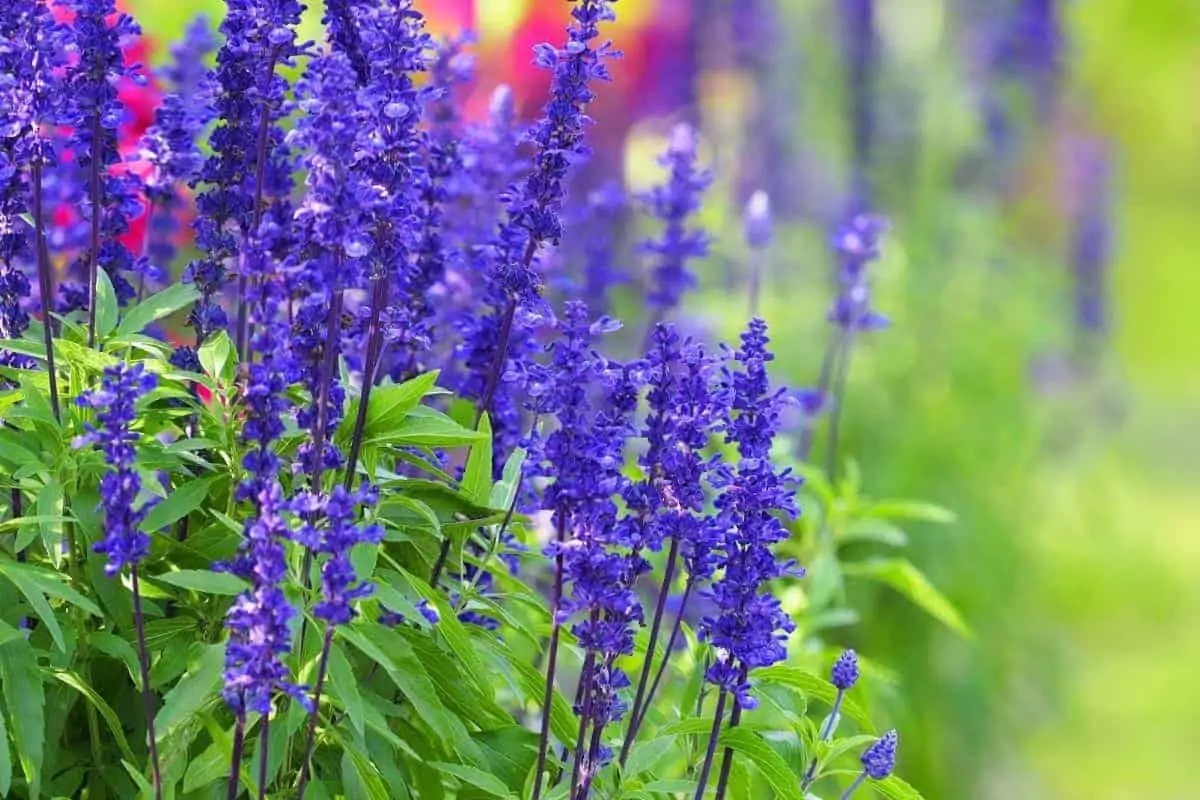

Plant Care & Gardening Tips
Why Should Missourians Plant Native Species In Their Home Landscapes?
Modified: January 9, 2024
Discover the benefits of planting native species in your Missouri home landscape. Get expert plant care and gardening tips to create a thriving, sustainable environment.
(Many of the links in this article redirect to a specific reviewed product. Your purchase of these products through affiliate links helps to generate commission for Storables.com, at no extra cost. Learn more)
**
Introduction
**
Hey there, fellow gardening enthusiasts! If you're a proud Missourian and have a passion for nurturing lush, vibrant landscapes, then you're in for a treat. In this article, we'll delve into the myriad reasons why planting native species in your home landscapes is not only a fantastic idea but also a crucial step toward preserving the natural beauty of Missouri. So, grab your gardening gloves and let's dig into the wonderful world of native plants!
Key Takeaways:
- Embrace native plants in your Missouri garden to conserve biodiversity, support local wildlife, and create a low-maintenance oasis that reflects the state’s natural beauty.
- By planting native species, you contribute to the preservation of Missouri’s rich ecosystems, conserve water, and nurture a thriving habitat for local wildlife.
Read more: What Native Plant Species Are In Oregon
Benefits of Planting Native Species
When it comes to landscaping your yard or garden, the decision to incorporate native species offers a plethora of benefits that extend far beyond mere aesthetics. Let’s explore some of the compelling reasons why embracing native plants is a game-changer for both your outdoor space and the environment at large.
- Biodiversity Boost: Native plants play a pivotal role in preserving Missouri’s rich biodiversity. By introducing indigenous flora to your landscape, you actively contribute to the conservation of diverse plant species that are uniquely adapted to the local climate and soil conditions.
- Ecosystem Resilience: Native plants form the backbone of resilient ecosystems. Their deep-rooted resilience enables them to withstand Missouri’s fluctuating weather patterns, thereby promoting ecosystem stability and sustainability.
- Enhanced Soil Health: Unlike non-native species, native plants have evolved alongside Missouri’s native soils, fostering a harmonious relationship that bolsters soil health and fertility. Their deep root systems also aid in preventing soil erosion, a critical factor in maintaining the integrity of your landscape.
- Reduced Maintenance: Native plants are adept at thriving with minimal intervention, reducing the need for excessive watering, fertilizers, and pesticides. This not only saves you time and effort but also aligns with sustainable gardening practices.
- Climate Adaptability: Missouri’s native plants are naturally acclimated to the region’s climate, making them more resilient in the face of extreme weather events and seasonal changes. By incorporating native species, you create a landscape that can withstand the challenges posed by Missouri’s climate.
By harnessing these benefits, you’re not only nurturing a vibrant and resilient landscape, but also actively contributing to the preservation of Missouri’s natural heritage. Let’s now delve deeper into the specific advantages of planting native species in your home landscape.
Conservation of Native Ecosystems
Picture this: a harmonious tapestry of native flora adorning your landscape, seamlessly blending with the surrounding natural ecosystems. By planting native species in your home landscape, you become a steward of conservation, playing a pivotal role in safeguarding Missouri’s native ecosystems.
Native ecosystems are finely tuned, intricate networks of plants, animals, and microorganisms that have coevolved over millennia to form balanced, sustainable communities. However, human activities and the introduction of non-native species have posed significant threats to these delicate ecosystems, leading to habitat degradation and biodiversity loss.
By embracing native plants in your landscape, you actively contribute to the restoration and preservation of native ecosystems. These plants serve as vital building blocks, providing essential habitats and food sources for a myriad of native wildlife, including birds, bees, butterflies, and other pollinators.
Moreover, the conservation of native ecosystems through the cultivation of native species fosters a sense of interconnectedness with the natural world. It creates a living tapestry that reflects the beauty and resilience of Missouri’s indigenous landscapes, fostering a deeper appreciation for the unique ecological heritage of the region.
As you cultivate native plant species in your home landscape, you become an integral part of the larger conservation effort, contributing to the preservation of Missouri’s natural heritage for generations to come. The next time you witness a vibrant pollinator fluttering amidst the blossoms of a native plant in your garden, take pride in knowing that you’ve played a part in conserving the intricate web of life that defines Missouri’s native ecosystems.
Support for Local Wildlife
Imagine your garden teeming with life, as native songbirds flit among the branches and colorful butterflies dance from bloom to bloom. By planting native species in your home landscape, you create an inviting haven for local wildlife, fostering a thriving ecosystem that celebrates Missouri’s natural heritage.
Native plants serve as essential sources of food, shelter, and nesting sites for a diverse array of wildlife, including birds, insects, and small mammals. Their nectar-rich blooms attract pollinators, such as bees and butterflies, playing a crucial role in supporting these vital contributors to the ecosystem.
When you introduce native plant species to your landscape, you’re essentially rolling out the red carpet for local wildlife, providing them with the resources they need to thrive. From the protective cover of native shrubs to the nourishing nectar of wildflowers, each component of your native plant landscape contributes to the well-being of Missouri’s wildlife.
Furthermore, by creating a habitat that mirrors the natural ecosystems of Missouri, you establish a sustainable environment that supports the intricate web of life that defines the region. This not only enriches the biodiversity of your immediate surroundings but also contributes to the broader conservation of Missouri’s native wildlife.
So, the next time you marvel at the sight of a ruby-throated hummingbird sipping from the blooms of a native wildflower, take pride in knowing that your decision to incorporate native species has played a role in providing vital sustenance for these enchanting visitors. By nurturing a landscape that embraces native flora, you become a gracious host to Missouri’s diverse wildlife, fostering a thriving ecosystem that celebrates the interconnectedness of all living beings.
Planting native species in your home landscape in Missouri helps support local wildlife, conserves water, and reduces the need for pesticides and fertilizers.
Water Conservation
Water is a precious resource, and in the verdant landscapes of Missouri, the conservation of this vital element is of paramount importance. By planting native species in your home landscape, you not only create a visually stunning and ecologically vibrant setting but also contribute to the conservation of water resources in your community.
Native plants are inherently well-suited to the local climate and soil conditions, requiring minimal irrigation once established. Their deep root systems efficiently capture and retain water, reducing the need for excessive watering and promoting sustainable water usage. This innate ability to thrive with minimal supplemental watering makes native plants an ideal choice for water-conscious gardeners.
Furthermore, the use of native plant species in landscaping helps mitigate the impact of stormwater runoff. Their extensive root systems aid in absorbing and filtering rainwater, reducing soil erosion and preventing pollutants from entering waterways. This natural filtration process not only contributes to the health of local water bodies but also aligns with sustainable landscaping practices.
By incorporating native species in your landscape, you actively participate in the conservation of water, making a tangible difference in preserving this invaluable resource for future generations. Whether it’s the vibrant blooms of native wildflowers or the graceful foliage of indigenous grasses, every component of your native plant landscape serves as a testament to your commitment to water-wise gardening.
So, as you witness the resilience of native plants in your landscape, thriving with minimal water input, take pride in knowing that you’re not only creating a visually captivating garden but also contributing to the larger effort of water conservation in Missouri. By embracing native species, you become a steward of sustainable water usage, nurturing a landscape that reflects the harmony between plants, water, and the natural environment.
Low Maintenance
Imagine a garden that flourishes with vitality and beauty, all while demanding minimal upkeep. By incorporating native plant species into your home landscape, you can achieve just that – a low-maintenance oasis that thrives with natural resilience and grace.
Native plants are inherently well-adapted to Missouri’s local conditions, requiring minimal intervention once established. Unlike non-native species that may struggle to acclimate to the region’s climate and soil, native plants have evolved alongside these environmental factors, making them naturally resilient and low-maintenance choices for your garden or yard.
One of the key advantages of native species is their ability to thrive without the need for excessive watering, fertilizers, or pesticides. This not only reduces the time and effort required for garden maintenance but also aligns with sustainable and eco-friendly gardening practices. By embracing native plants, you can bid farewell to labor-intensive gardening chores and welcome a landscape that flourishes with minimal input.
Moreover, the low-maintenance nature of native plants extends beyond watering and fertilizing. Their natural resistance to pests and diseases reduces the reliance on chemical interventions, promoting a healthier and more balanced ecosystem within your landscape.
By opting for native species, you’re not just creating a visually stunning and ecologically vibrant landscape – you’re also simplifying the maintenance demands of your outdoor space. Whether it’s the graceful elegance of native grasses or the vibrant blooms of indigenous wildflowers, each component of your native plant landscape serves as a testament to the effortless beauty and resilience that defines Missouri’s natural heritage.
So, as you revel in the beauty of your low-maintenance native plant landscape, take pride in knowing that you’ve cultivated a thriving oasis that mirrors the resilience and grace of Missouri’s indigenous flora. By embracing low-maintenance native species, you’re not just nurturing a garden – you’re nurturing a living testament to the enduring beauty of Missouri’s natural landscapes.
Conclusion
Congratulations on embarking on a journey that celebrates the vibrant tapestry of Missouri’s natural heritage through the cultivation of native plant species in your home landscape. By embracing native plants, you’ve not only transformed your outdoor space into a visually captivating oasis but also become a steward of conservation, sustainability, and ecological resilience.
As you witness the myriad benefits of planting native species unfold in your garden or yard, from the bustling activity of local wildlife to the effortless beauty of low-maintenance landscapes, it becomes evident that your decision to incorporate indigenous flora has far-reaching implications for the environment and the community at large.
Through the conservation of native ecosystems, the support for local wildlife, the promotion of water conservation, and the cultivation of low-maintenance landscapes, you’ve contributed to the preservation of Missouri’s natural heritage in a tangible and impactful manner.
So, the next time you stroll through your garden and marvel at the resilience and beauty of native plants, take pride in knowing that you’ve played a part in nurturing a landscape that reflects the timeless harmony between nature and human stewardship.
As you continue your journey as a guardian of Missouri’s natural landscapes, remember that each native plant in your garden or yard serves as a living testament to your commitment to conservation, sustainability, and the enduring beauty of the Show-Me State.
Thank you for embracing the enchanting world of native plants and for your dedication to preserving the ecological splendor of Missouri. Your efforts, no matter how small, contribute to a greener, more vibrant future for our beloved state.
Frequently Asked Questions about Why Should Missourians Plant Native Species In Their Home Landscapes?
Was this page helpful?
At Storables.com, we guarantee accurate and reliable information. Our content, validated by Expert Board Contributors, is crafted following stringent Editorial Policies. We're committed to providing you with well-researched, expert-backed insights for all your informational needs.
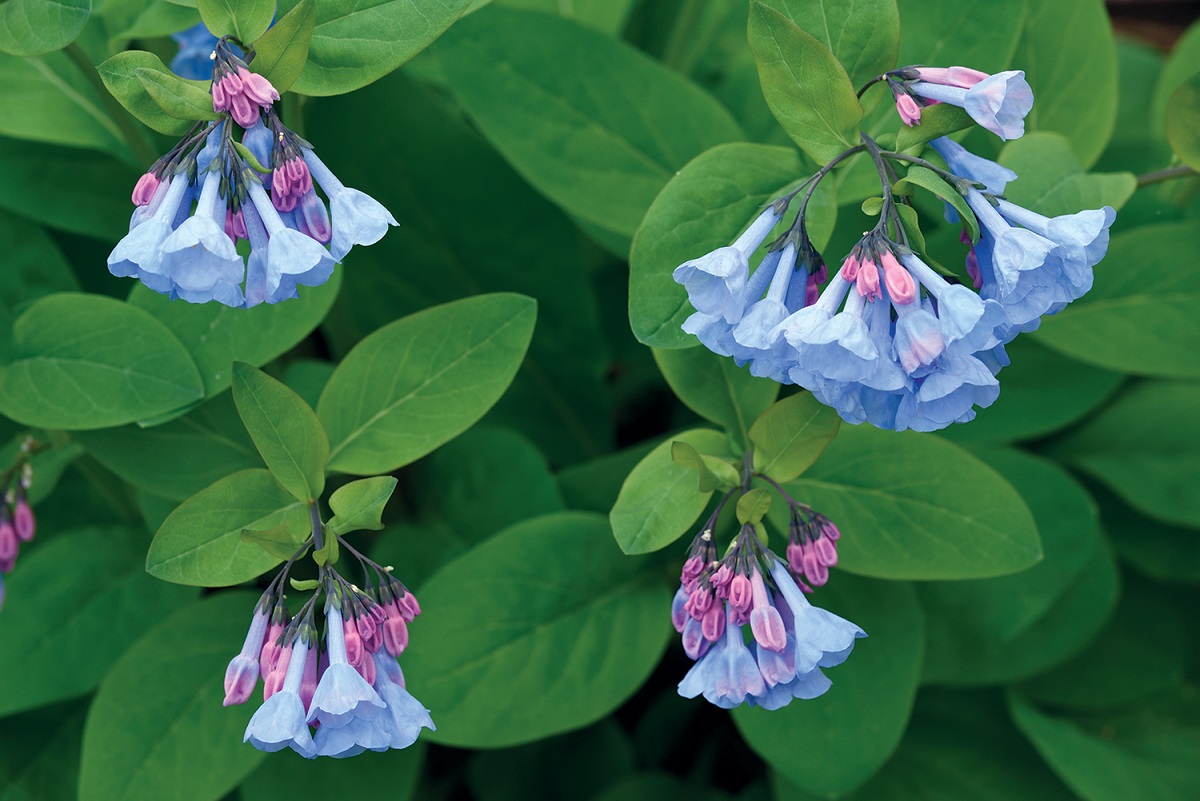
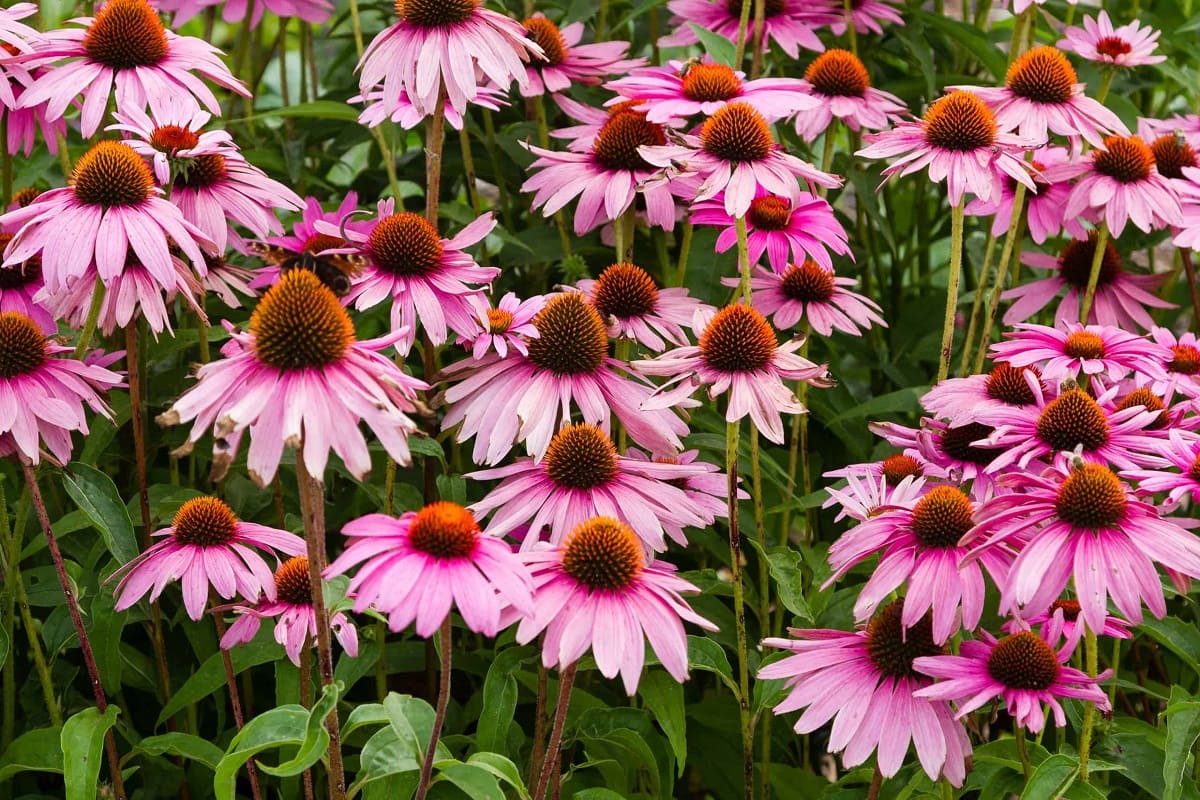
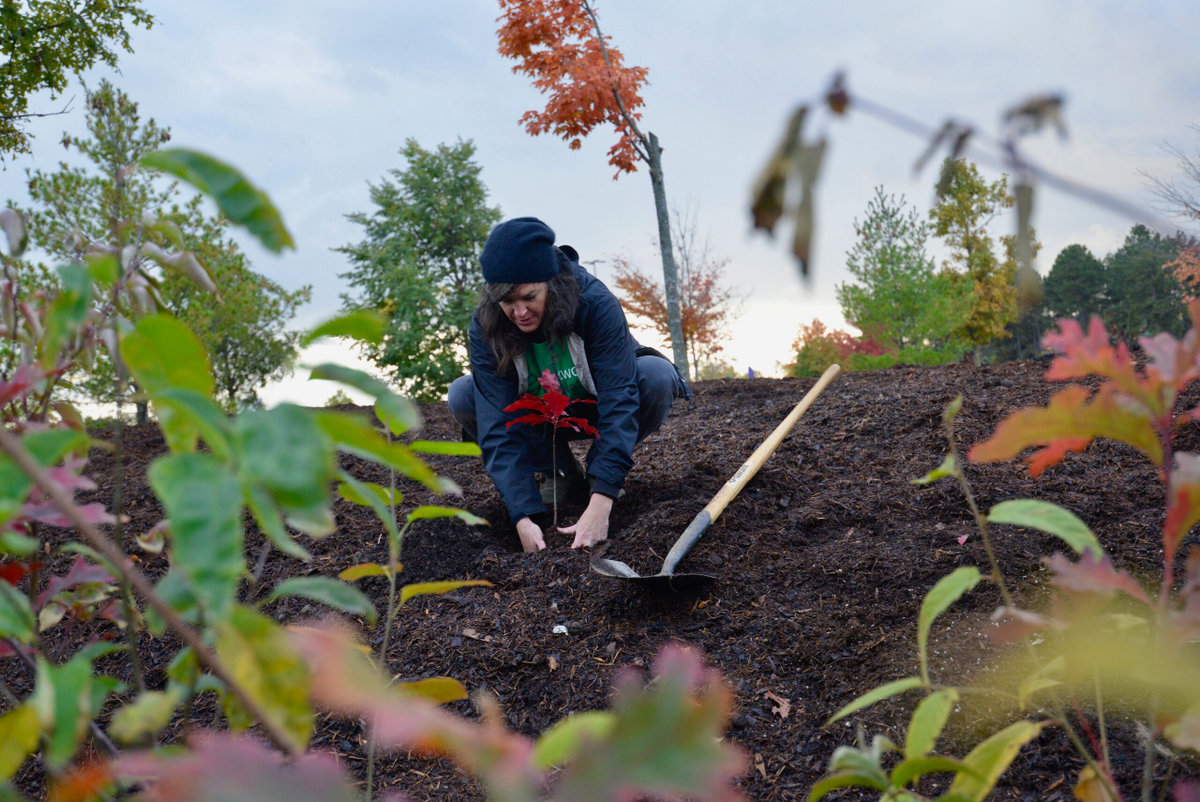
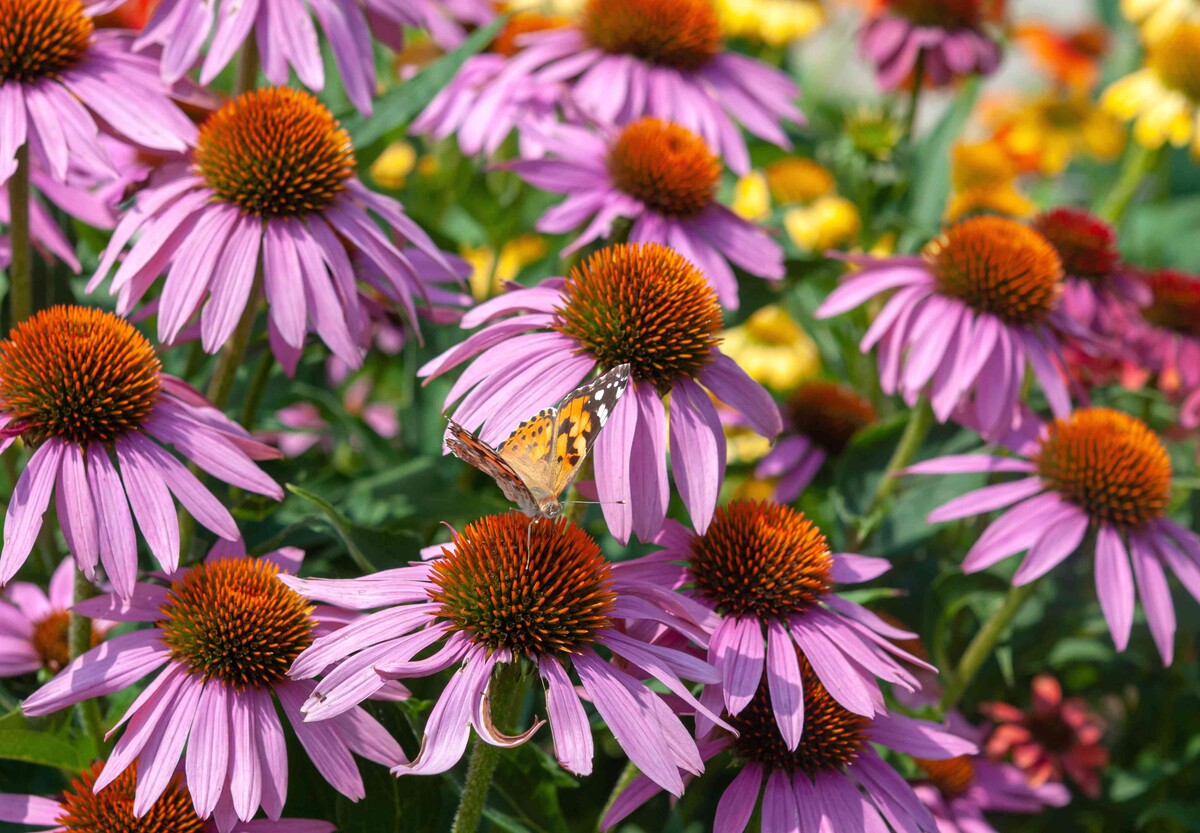
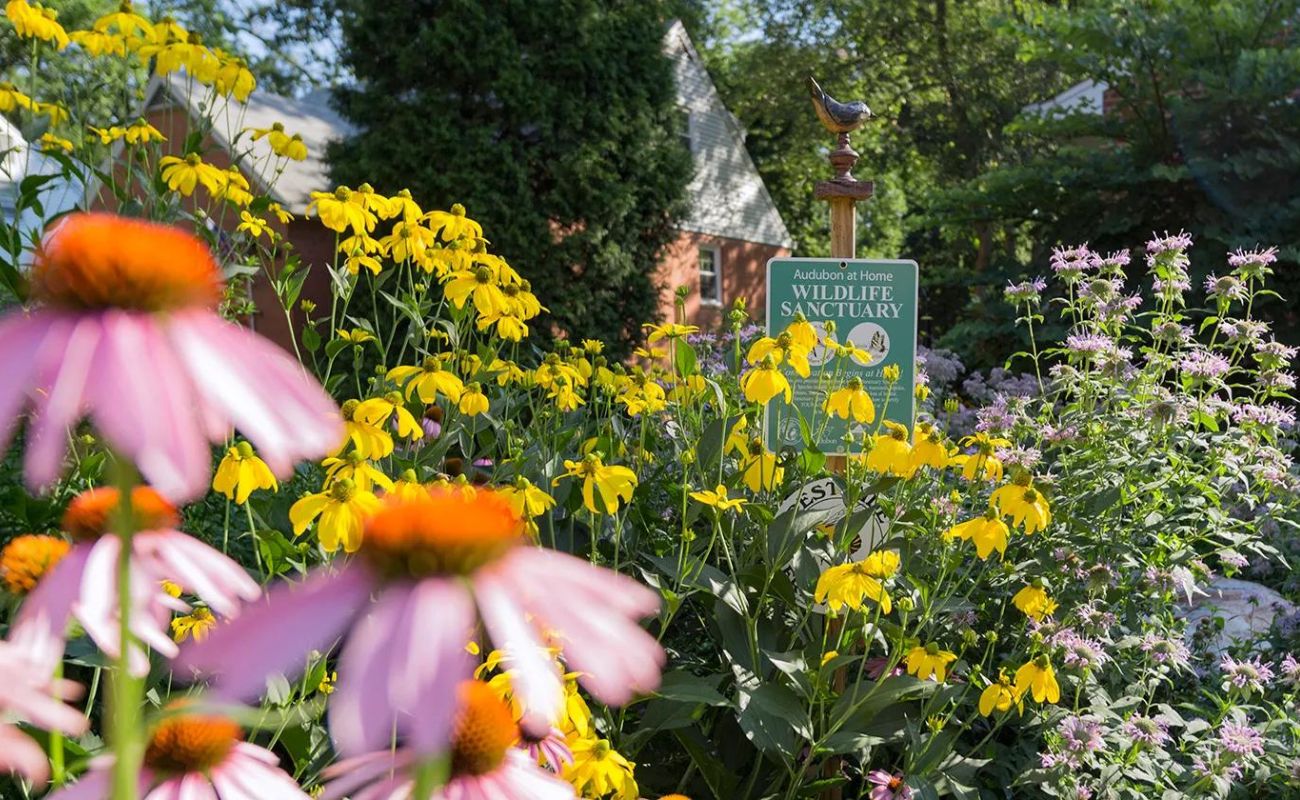
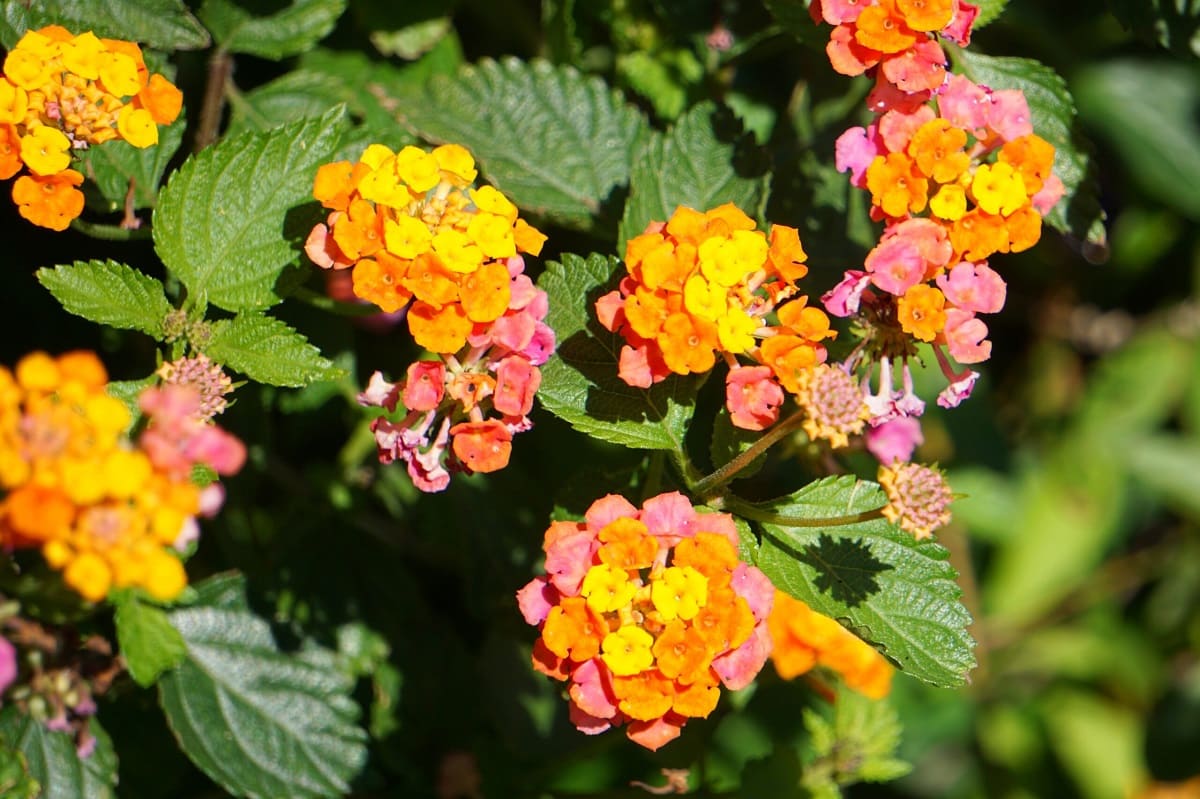
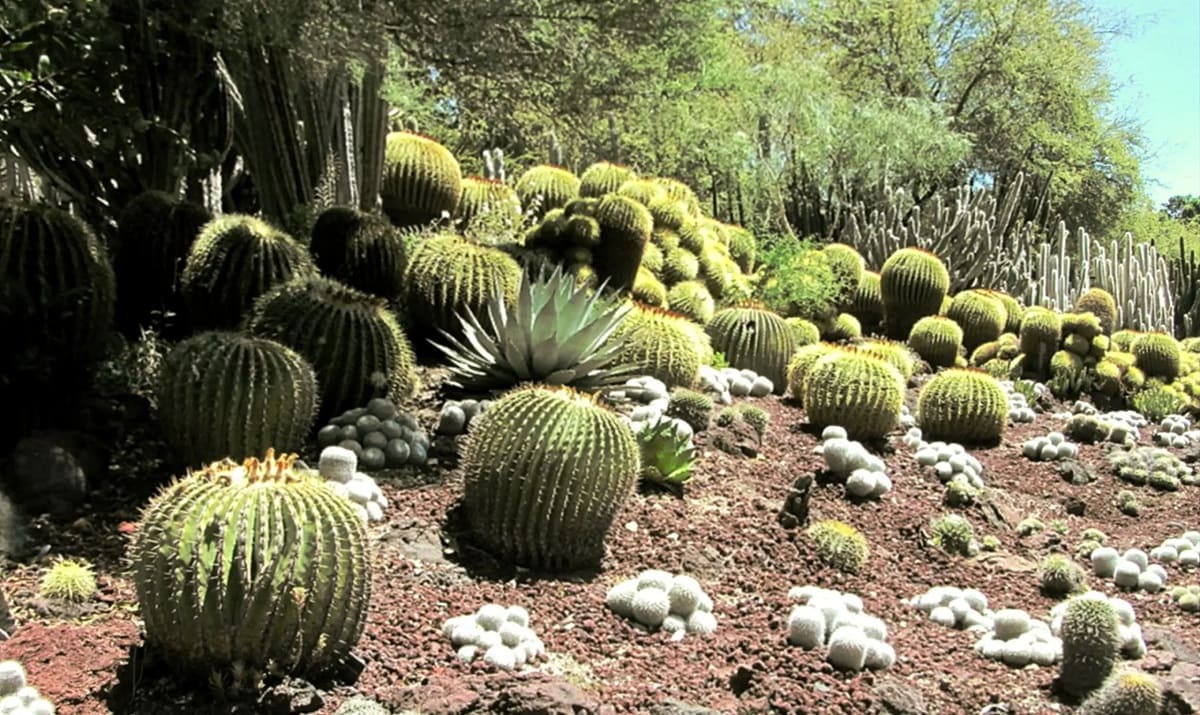
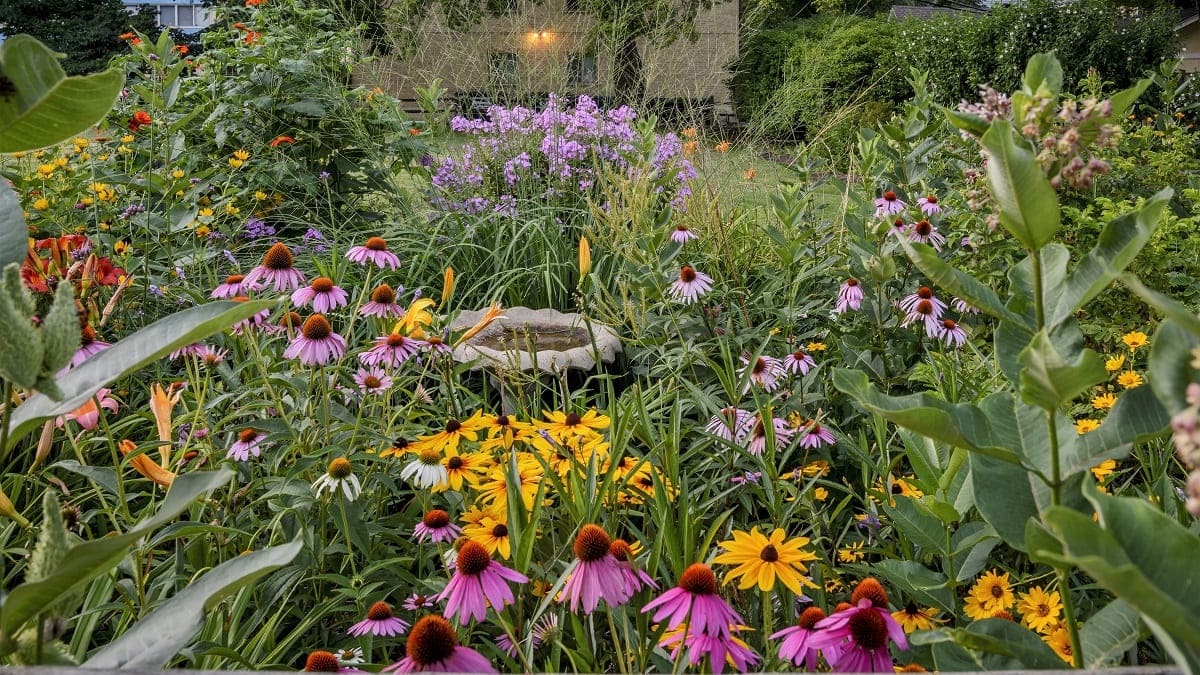
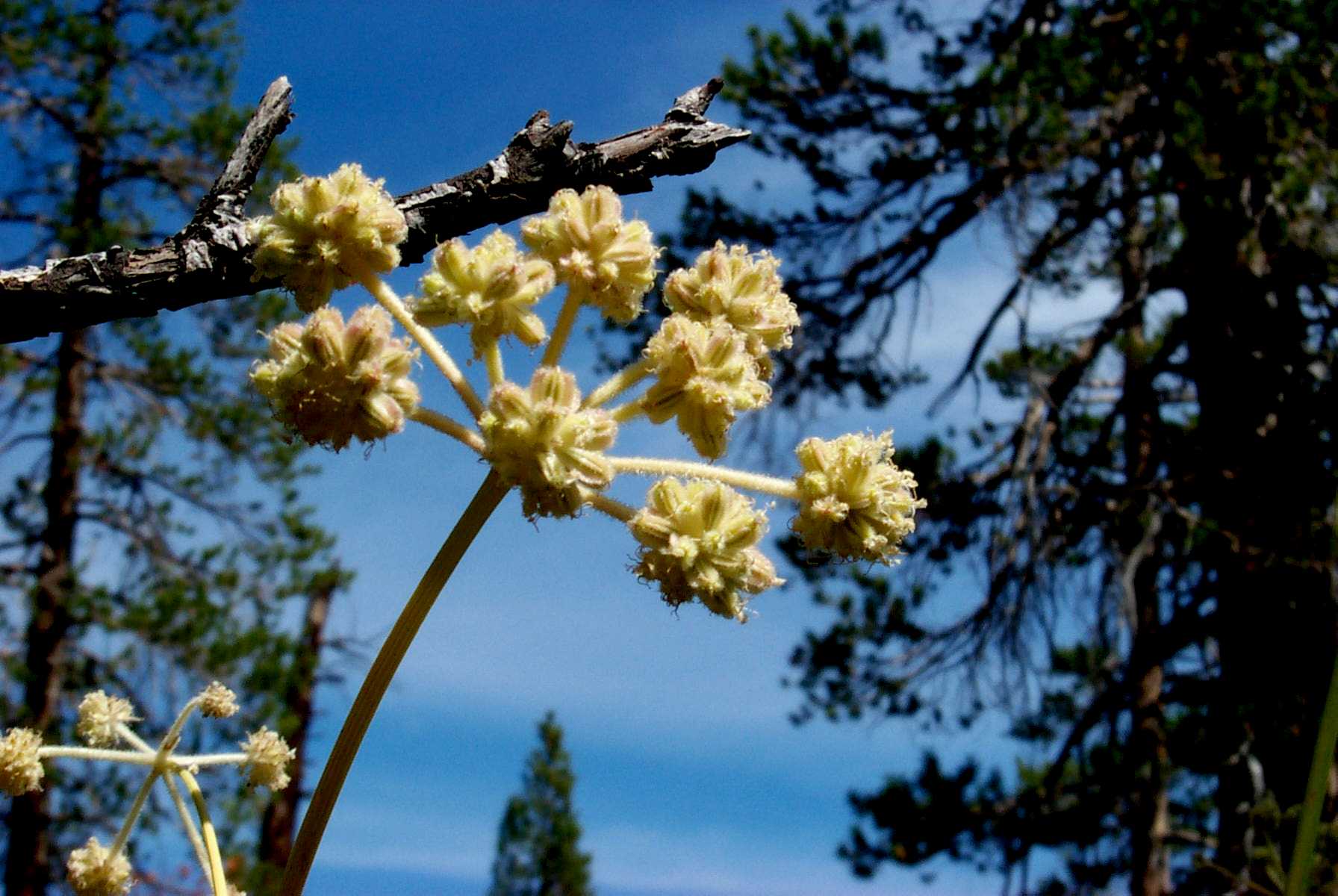
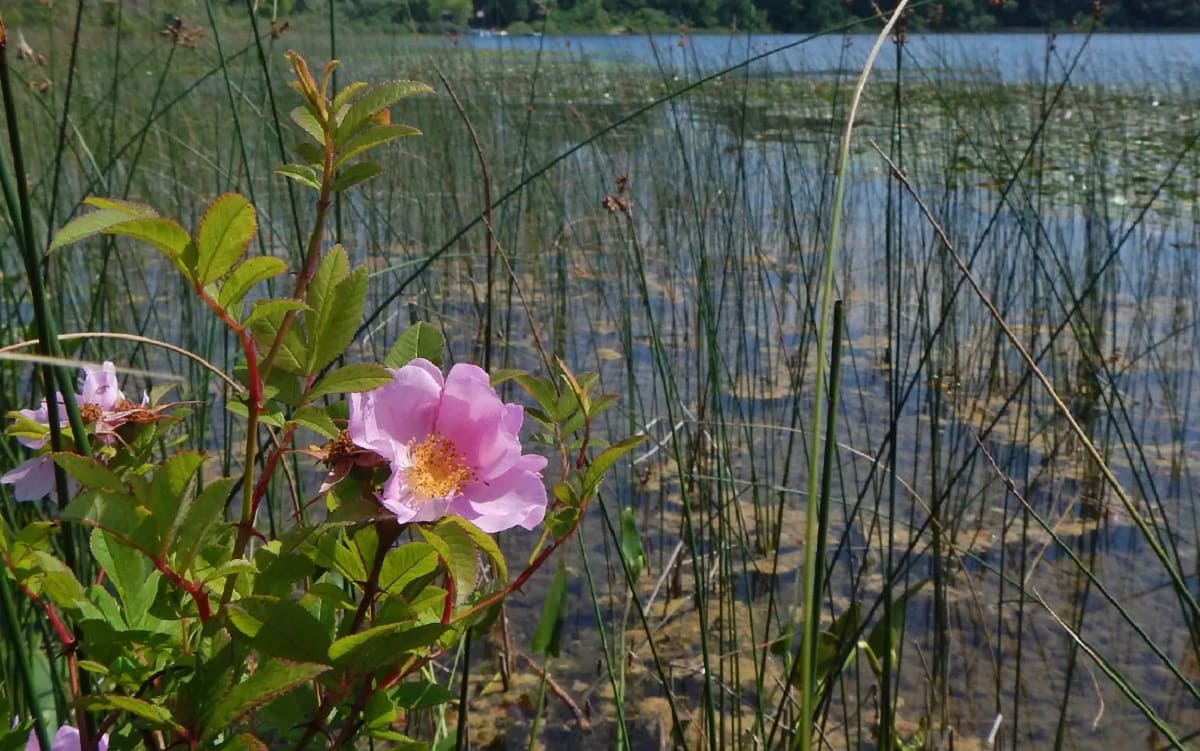
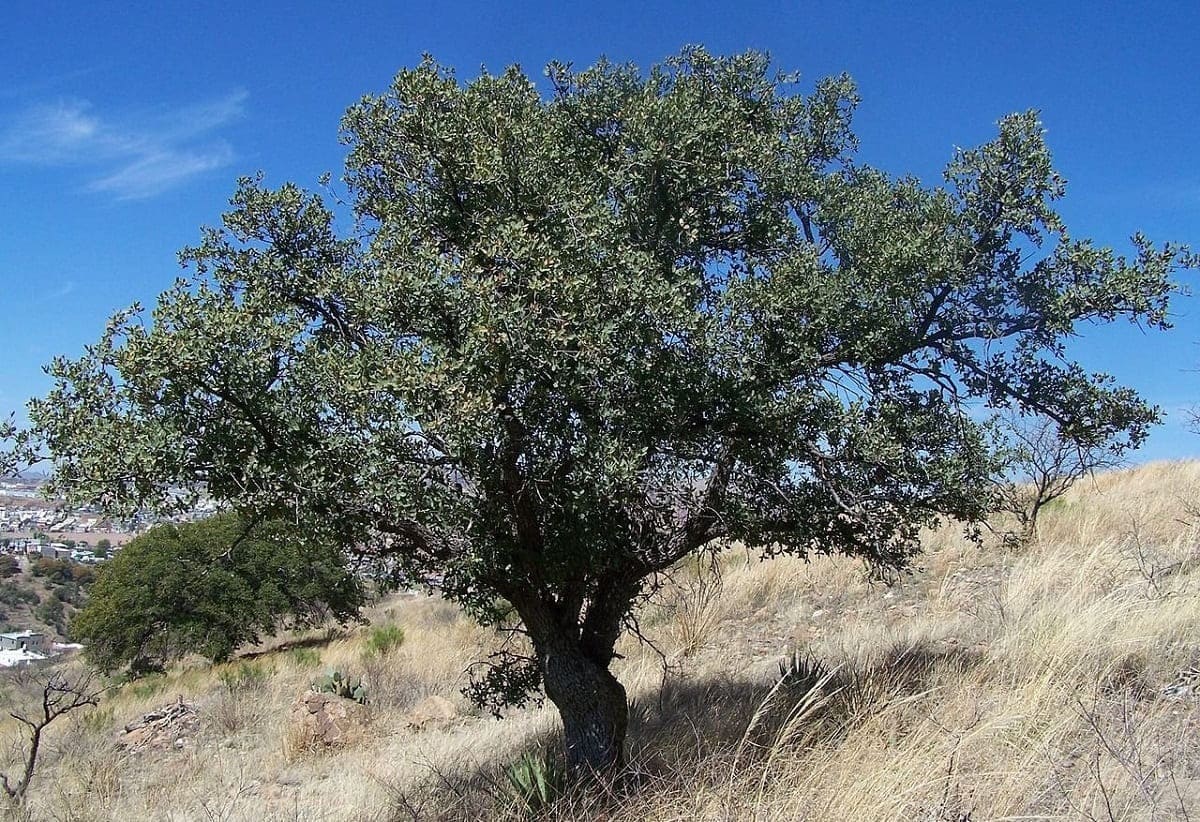
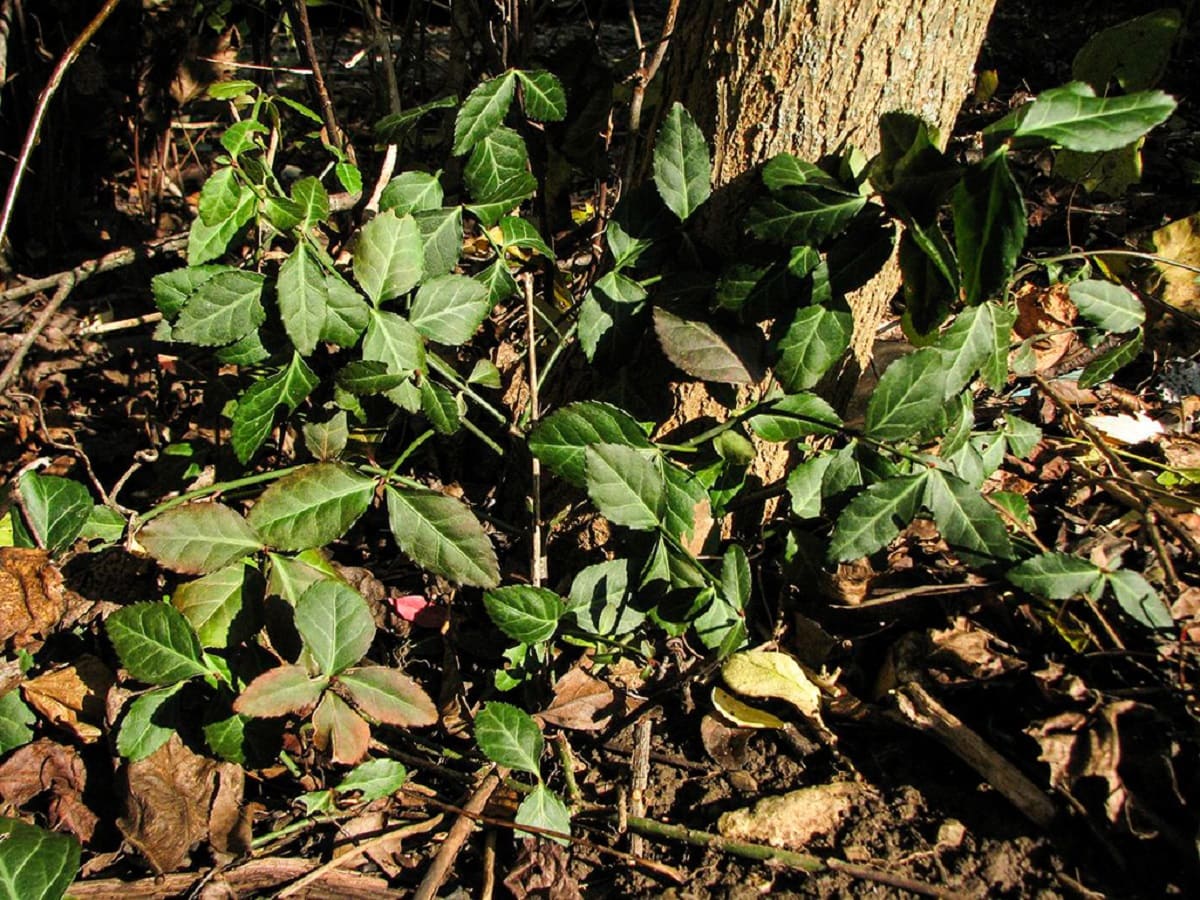
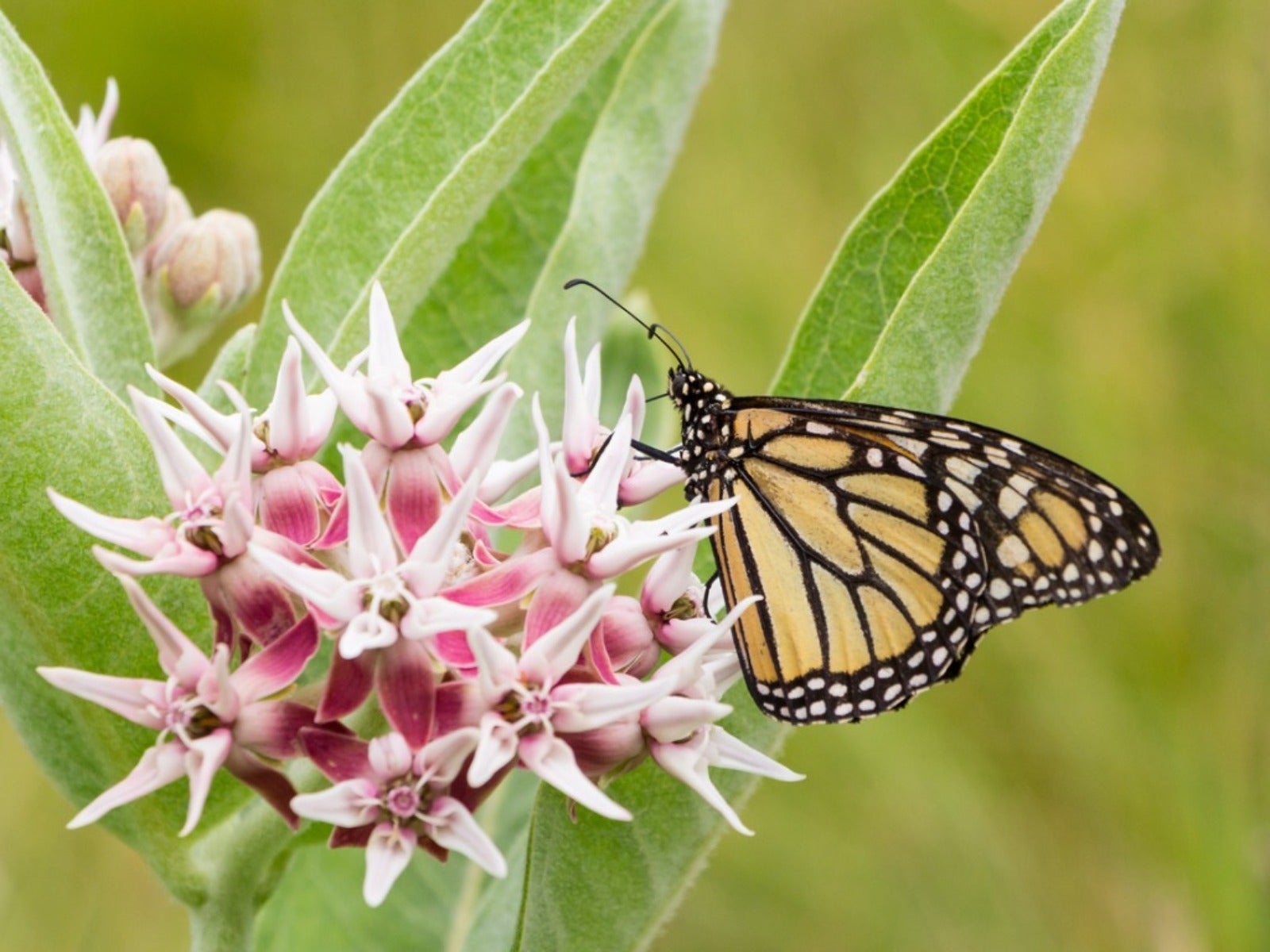


0 thoughts on “Why Should Missourians Plant Native Species In Their Home Landscapes?”